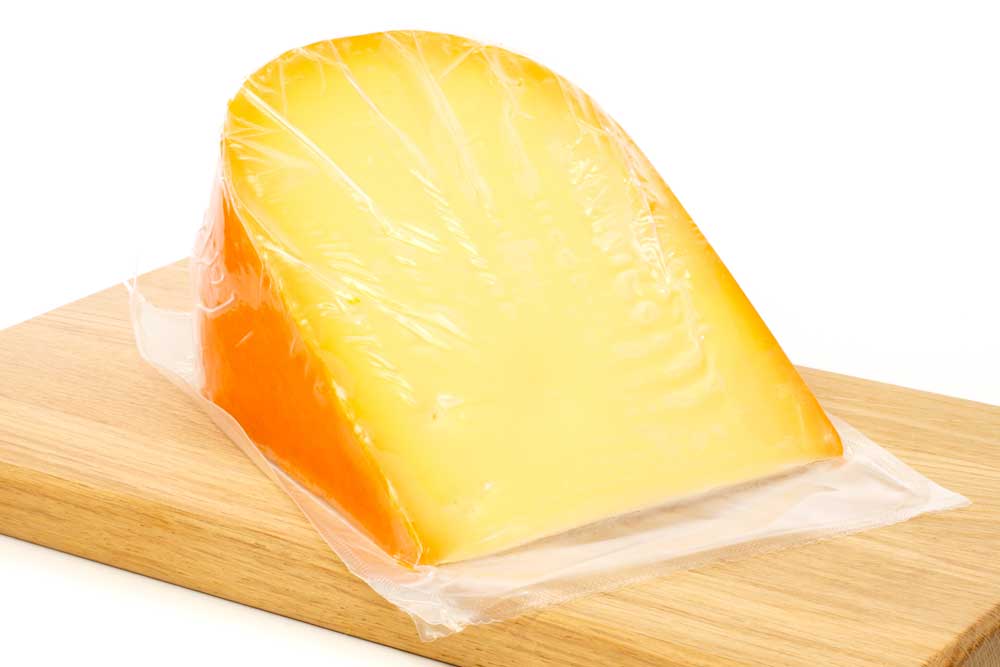April 24, 2024
Packaging is an essential component of any product’s journey from the manufacturer to the consumer. It plays a crucial role in protecting the product from damage during transportation and storage, as well as maintaining its freshness and safety for consumption. However, not all packaging is created equal. There are two main types of packaging: traditional packaging and barrier film.
The barrier film is an effective packaging material that protects products by limiting moisture, oxygen, and light exposure. It also helps keep the product fresh and extends shelf life.
The barrier film is the perfect choice for a wide range of speciality products that require extreme moisture and oxygen protection. These include food, household chemicals, and nutraceutical products.
What is Traditional Packaging?
Traditional packaging comprises materials such as paper, cardboard, plastic, and metal. These materials are used to create boxes, bags, cans, and other types of packaging, which are then used to transport and store products. Although traditional packaging offers some level of protection to products, it is not specifically designed to keep out moisture, oxygen, or light.
What is Barrier Film?
Barrier film, on the other hand, is a type of packaging material specifically designed to keep out unwanted elements such as moisture, oxygen, and light. It is made from specialized materials such as polyethene, polypropylene, and ethylene vinyl alcohol (EVOH), and can be used for a wide range of products, including food, medical supplies, and electronics.

Barrier film offers several benefits over traditional packaging. It keeps oxygen, moisture, and gases out of the package, extending the shelf life of products, preserving their aroma and flavour, and protecting them from deterioration. This makes it an ideal choice for speciality products that require extreme moisture and oxygen protection, such as food, household chemicals, and nutraceutical products.
Barrier Film Provides Better Protection
Barrier films are very effective at preventing the penetration of gases, vapours, and other impurities into the package. They are also extremely durable, making them ideal for use in the food and beverage industry. These films protect food products, household chemicals, and nutraceutical products from damage due to environmental elements, making them the perfect choice for packaging products that require an extended shelf life.
Barrier Films Provide Better Shelf Life
Barrier Film has a lot of benefits for food and beverage brands. Shelf life is an essential factor for any food and beverage brand. Barrier films help protect products from spoilage, deterioration, evaporation, and damage during transport, extending the life of products on store shelves. Choosing the right type of barrier film is crucial, as it depends on several factors, including oxygen transfer rate (OTR), the thickness of the film, and whether other features are required.
Barrier Films Provides Better Durability to Food
The right barrier films can help you preserve the flavour and quality of your food. The ideal barrier film for your product depends on the type of food you’re packaging. For instance, if your product contains grains and fruits, you may need a moisture barrier film to help stop it from going bad.

Additionally, you may want an oxygen barrier to protect the taste and freshness of your food. Choosing the wrong barrier can have a major impact on your product’s shelf life and cost you money over time.
Economic Benefits of Barrier Films
In addition to their protective qualities, barrier films can offer significant economic advantages. By extending the shelf life of products, manufacturers can reduce waste and decrease the frequency of product returns due to spoilage or damage. This leads to cost savings in inventory management and logistics. Moreover, barrier films can enhance the marketability of products by maintaining their quality and freshness for longer periods, potentially leading to increased customer satisfaction and loyalty. Investing in high-quality barrier films can thus result in a better bottom line for businesses, making them a cost-effective packaging solution in the long run.
Advancements in Sustainable Packaging
In recent years, significant advancements have been made in the development of sustainable barrier films. Innovations such as biodegradable and recyclable barrier materials are becoming more prevalent, allowing manufacturers to enjoy the benefits of extended shelf life and product protection while also addressing environmental concerns. These eco-friendly barrier films are designed to reduce the carbon footprint and promote a circular economy, making them an excellent choice for companies committed to sustainability. By choosing these advanced barrier films, businesses can enhance their product’s longevity and quality while contributing positively to environmental conservation efforts.
Barrier Film Vs. Traditional Packaging: Which is the Better Choice?
The choice between traditional packaging and barrier film depends on the product being packaged, the intended use, and the desired shelf life. Traditional packaging is suitable for products that do not require extreme protection from moisture, oxygen, or light. However, a barrier film is the better choice for speciality products, especially those that require extended shelf life and high protection from environmental factors.
Factors to Consider When Choosing Barrier Film
Choosing the right type of barrier film for a product requires careful consideration of several factors. These include the product’s sensitivity to moisture and oxygen, its intended use, the required shelf life, and the packaging process. Manufacturers should also consider the thickness of the film and whether other features, such as puncture resistance or peel ability, are required.

